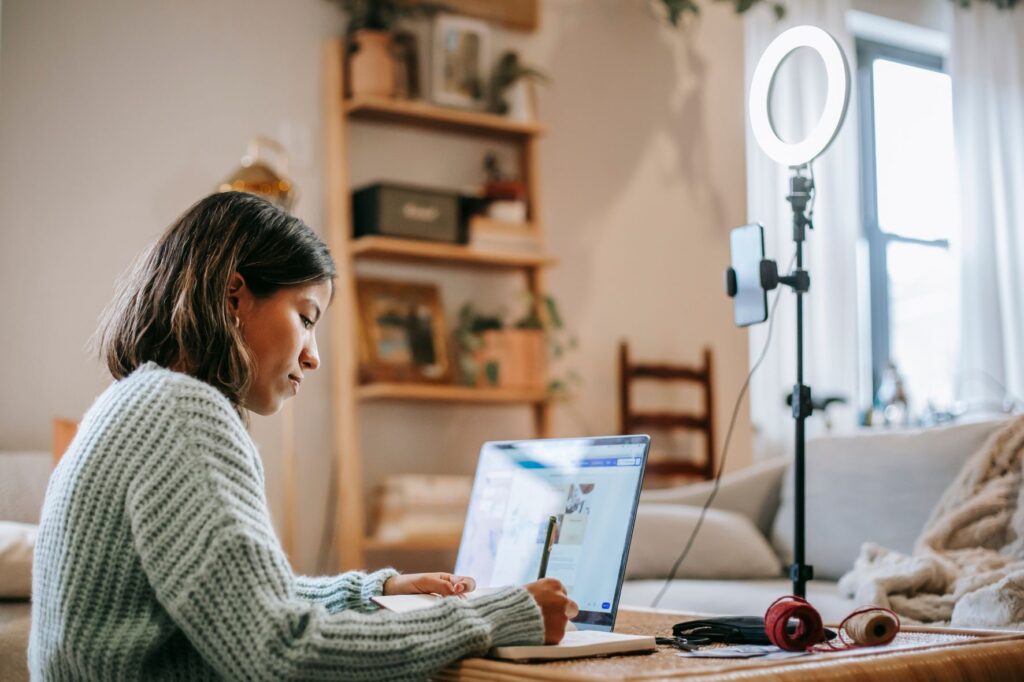
In the world of digital advertising, making the most of your budget is a top priority. Two major players in this arena are Meta (formerly Facebook) and LinkedIn. Both platforms offer unique opportunities for advertisers, but how do they stack up when it comes to ad budgeting and cost optimization? In this blog, we’ll compare and contrast the strategies for advertising on Meta and LinkedIn, with a focus on bidding options and cost-per-click (CPC) strategies. To help you better understand, we’ll provide real-world examples.
Bidding Options:
Bidding is a fundamental aspect of digital advertising. It determines how much you’re willing to pay for your ads to be shown to your target audience. Let’s see how Meta and LinkedIn handle this crucial aspect.
Meta:
Meta offers a variety of bidding options, including:
- Cost per Click (CPC): This is the amount you’re willing to pay for each click on your ad. It’s a popular choice for advertisers because you only pay when someone interacts with your ad.
- Cost per Mille (CPM): With CPM bidding, you pay per thousand impressions. This is suitable when your primary goal is to increase brand visibility.
- Optimized CPM: Meta’s algorithm automatically optimizes your campaign to maximize your ad’s reach within your budget.
LinkedIn:
LinkedIn provides bidding options like:
- Cost per Click (CPC): Similar to Meta, you set the maximum amount you’re willing to pay for each click.
- Cost per Mille (CPM): Pay for every thousand impressions. This is ideal for raising brand awareness.
- Enhanced CPC: LinkedIn’s algorithm adjusts your bid to increase the likelihood of clicks.
Example: Imagine you’re promoting an online marketing course. If you choose CPC bidding on both Meta and LinkedIn, you might set a maximum CPC of $1.50. However, LinkedIn’s targeting options allow you to reach a more professional audience, potentially resulting in a higher engagement rate per click.
Cost-Per-Click (CPC) Strategies:
Once your bidding strategy is in place, you need to optimize your CPC to get the best results for your budget.
Meta:
Meta’s CPC is influenced by factors like ad relevance and engagement. The more engaging your ad, the lower your CPC is likely to be.
LinkedIn:
LinkedIn considers factors such as ad relevance, click-through rate (CTR), and the quality of your ad. A higher CTR can lead to a lower CPC.
Example: Suppose you’re advertising an IT certification program on both Meta and LinkedIn. Your LinkedIn ad, tailored to professionals in the IT industry, enjoys a higher CTR due to its relevance. Consequently, your CPC on LinkedIn may be lower than on Meta for a similar campaign.
Conclusion
In the battle of Meta vs. LinkedIn advertising, the choice depends on your advertising goals, target audience, and budget. Meta offers a more extensive user base, while LinkedIn caters to a more professional audience. Understanding your objectives and using the right bidding and CPC strategies can help you make the most of your advertising budget on these platforms. Remember, it’s not about choosing one over the other but selecting the platform that aligns with your unique advertising goals.



